- News
- Reviews
- Bikes
- Components
- Bar tape & grips
- Bottom brackets
- Brake & gear cables
- Brake & STI levers
- Brake pads & spares
- Brakes
- Cassettes & freewheels
- Chains
- Chainsets & chainrings
- Derailleurs - front
- Derailleurs - rear
- Forks
- Gear levers & shifters
- Groupsets
- Handlebars & extensions
- Headsets
- Hubs
- Inner tubes
- Pedals
- Quick releases & skewers
- Saddles
- Seatposts
- Stems
- Wheels
- Tyres
- Tubeless valves
- Accessories
- Accessories - misc
- Computer mounts
- Bags
- Bar ends
- Bike bags & cases
- Bottle cages
- Bottles
- Cameras
- Car racks
- Child seats
- Computers
- Glasses
- GPS units
- Helmets
- Lights - front
- Lights - rear
- Lights - sets
- Locks
- Mirrors
- Mudguards
- Racks
- Pumps & CO2 inflators
- Puncture kits
- Reflectives
- Smart watches
- Stands and racks
- Trailers
- Clothing
- Health, fitness and nutrition
- Tools and workshop
- Miscellaneous
- Buyers Guides
- Features
- Forum
- Recommends
- Podcast
feature
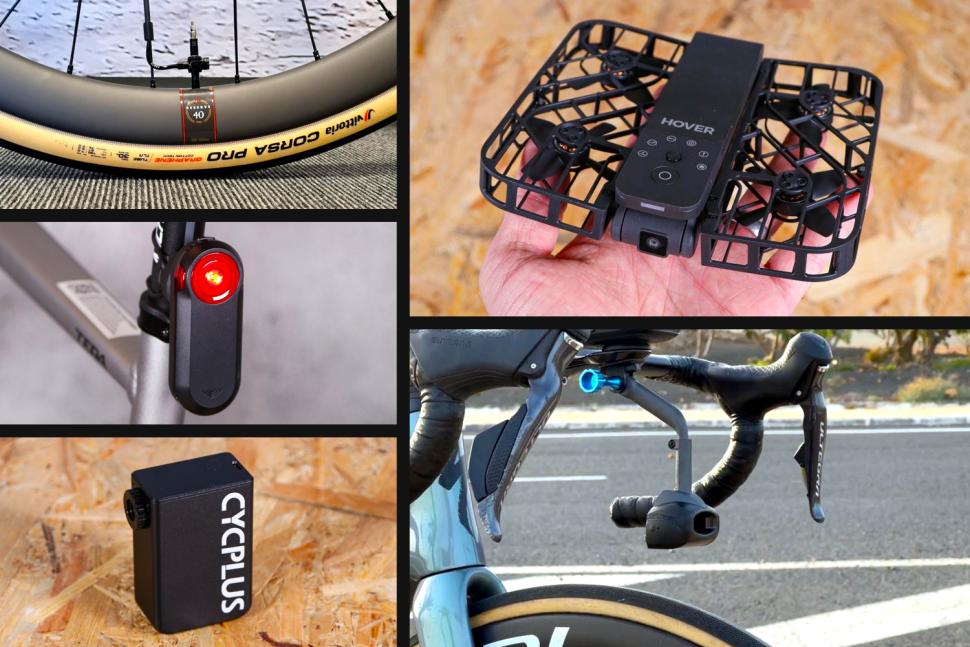 The coolest cycling tech on the market in 2024
The coolest cycling tech on the market in 2024The most exciting cycling tech right now — gadgets we have high hopes for including aero sensors, pocket drones and smart heart rate monitors
There are more fancy cycling-specific gadgets than you can shake a selfie stick at nowadays, so we've cut through the less promising ones and rounded up what we think are some of the most interesting cycling gadgets around right now. From lights and crash sensors aimed at enhancing safety, to body temperature and hydration sensors designed to improve performance... whatever you want or need, there's probably a gadget for it.
Road cycling can require a significant investment, particularly considering the wide variety of cycling tech you might be lured in to buying. While some of these items listed might remain mere aspirations, others could prove genuinely beneficial.
> Where cycling products go to die: bright bike tech that has failed to catch on
Even if some of these innovations are currently in their infancy and/or very expensive, we've picked based on what we think could actually stand the test of time, in its current form or with updates and trickle-down tech in years to come. Do let us know what you think of our suggestions in the comments, of course...
FLOWBIO S1 hydration sensor (£329)
A hydration sensor? Doesn't your body already have one of those built-in? FLOWBIO says it's more complicated than that and the S1 hydration sensor is aimed at those who'd like to wave goodbye to cramps and guesswork about their sweat rates.
The device clips onto your heart rate monitor – and is compatible with most optical monitors, including those worn on your arm – and by analysing a little bit of your sweat, it is said to provide data on your real-time sweat loss.
You get detailed info on your sweat and sodium rates, and FLOWBIO says the S1 Companion App's patented algorithms can also predict your hydration needs in upcoming sessions and provide recommendations on what you should be drinking before, during and after each session and race.
HOVERAir X1 pocket drone (£419)
Drones have developed from high-tech gimmicks to functional devices, and while this one isn't perfect (ours suffered significant water damage), it's a good example of where drones might be going in the future as it doesn't require a controller.
The HOVERAir X1 is a pocket-sized self-flying camera that can shoot video as you ride. It has a claimed weight of 125g and when folded, it can fit in your pocket or bag so you can take it anywhere.
“Hover X1 comes with a selection of pre-programmed flight paths and you can even customise whether you want to take photos or video clips, as well as adjust the height, distance, and angle,” says the brand. The Follow mode, for example, can track you from the front or back at up to 20km/h (12.5mph), and keep you centred in the frame.
4iiii Precision 3+ power meter with Apple's Find My tech (£949.99)
Apple's Find My technology has found its way into the realm of cycling, and power meters, courtesy of 4iiii. "Find My", previously "Find My iPhone", is familiar to many of us, provided by Apple to allow users to locate their Apple devices and friends who have shared their location.
You can now check up on your power meters (and therefore bike) with 4iiii's Precision 3+ power meter, which has Apple's Find My technology directly built-in. While this might seem like an odd place to put a tracker, it's unlikely a thief would think to look for one there, so actually a really smart place to put it. Until the thieves figure it out, anyway...
Fourth Frontier Frontier X2 Smart Heart Monitor (£429)
Measuring the electrical activity of your heart is not a novel concept, but conventional ECGs often require bulky and heavy devices that don't work well for daily activities and exercise. The Fourth Frontier Frontier X2 Smart Heart Monitor is claimed to be the first heart rate monitor that performs a continuous ECG, or electrocardiogram.
The Frontier X2 will be of most benefit to people who are worried about their heart health, but it could also be useful to any sportsperson to help them understand their heart's response during training and racing.
Aerosensor (£850)
An aero sensor or live drag meter such as the 'Aerosensor' (above) or the Body Rocket system, claims to measure your CdA (Coefficient of drag) in real-time. It's tech that has previously been used on planes and F1 cars, but now teams like Lidl-Trek are using it in an attempt to make cyclists faster.
Competitive cyclists often emphasise the importance of aerodynamics but why do we need to focus on it? Drag is, in nearly all cases, by far the biggest force impeding our forward motion.
By integrating data from an ANT+ speed sensor and power meter, along with altitude and wind measurements, the Aerosensor calculates CdA, helping you assess the impact of changes in body position or equipment on aerodynamics, without the need for a wind tunnel.
HighBar mono-strap helmet
Recently, Canyon sparked some conversations about the future of cycling helmets with its unreleased lid that throws the conventional helmet straps out the window. The new helmet strap system is called HighBar and it aims to reduce brain injuries with new tech designed to make helmets easy to adjust and wear correctly, the brand says.
It's a helmet strap system comprising a curved arm on each side of the helmet, connected together by an undetachable strap under the chin. The side arms are integrated into the helmet shell and connected by a retention system that also runs inside the helmet's internal shell.
How do you get the helmet on, then? Well, the chin bar pivots up to just below the front area for putting the helmet on and off, and once you're ready to go, you just tighten the 'bar' below the chin.
With the humble helmet strap one of the few things in cycling that hasn't changed much over the last couple of decades, we're quietly confident this new take on it could make a real impact (on cycling helmet strap designs, not an impact with the ground just so we're clear), and have applications way beyond road racing.
Gravaa R-40/44 wheels (€4,299/£3,700)
Gravaa KAPS (Kinetic Air Pressure System) technology was first used by Team Visma Lease a Bike during the classics last year, allowing riders to regulate their tyre pressure while riding via a pump that's integrated into the hubs.
While this might not be useful for everyone, if you’ve ever ridden on cobbles, you’ll know that they can knock you about all over the place. Riders want higher tyre pressures on the tarmac and lower pressures for increased comfort and control across the cobbled sectors, but getting a single set-up that can deliver both hasn’t been possible until very recently.
The Gravaa R-40/44 wheels have been designed in an attempt to solve this, resulting from a partnership with Reserve Wheels and DT Swiss.
Cycplus Cube Mini Pump (£70.62)
Tiny electric pumps are gaining in popularity and they are great thing to have out on a ride as they can easily fit in your back pocket or saddle bag. Numerous offerings are appearing on the market, like this one from Cycplus, as well as brands such as Rockbros.
The Cycplus is compatible with both Presta and Schrader valves and is a pretty simple bit of kit. There's a battery inside running a pump, and a button on the outside to turn it on, and Cycplus says that you can inflate two tyres up to 100PSI on a single charge.
Garmin Varia (£169)
The Garmin Varia combines a rear light with radar technology, providing an effective early warning for 'objects' overtaking. You might initially question its necessity, but the Varia alerts you to approaching objects before you can see or hear them.
Garmin isn't the only one to sell a product like this. Trek has launched its own CarBack bike radar, warning you of vehicles approaching from behind at a distance of up to 240m, as well as offering a daytime-visible rear light. It's also identically priced to the Garmin Varia RTL515.
Engo Eyewear heads up glasses (£267)
We’ve been reporting on glasses with head-up displays for years – where you get data shown in your field of vision so there's no need to glance down at a bike computer. They look like regular cycling glasses, yet they offer real-time information in your field of vision, such as how fast you're going or how far it is to the next cafe.
A good example of how this has become reality is the Engo 2 Sport Smartglasses from Engo Eyewear which work either with its associated app or your Garmin, Apple, Sunnto or Android device.
Will these finally be the smart shades that break through? They certainly look a whole lot better than head-up display glasses of years gone by... anyone recall the Recon Jet?
Core Body Temperature Monitor (£230)
These days you can measure pretty much any metric while riding, such as heart rate, power, cadence, and glycogen levels. Now, you can measure core body temperature too.
Measuring core body temperature is not a novel concept, but monitoring it continuously typically requires invasive methods such as thermometers, probes and pills, often in a controlled environment.
So, why should you measure core temperature? Just as altitude training stimulates your body to produce more blood cells, heat stress stimulates your body to produce more blood plasma, and with this sensor, you can safely increase the intensity of your sessions in the heat based on how your core temperature is coping.
ANGi Crash Sensor (£45)
Crash detection systems can add some peace of mind on solo rides by utilising onboard sensors to detect the impact from a crash, then syncing with a smartphone via Bluetooth to notify emergency contacts.
Specialized's ANGi is one example of this system. It's small and unobtrusive and mounts to the back of almost any cycling helmet. If ANGi detects a crash during a ride, the Ride app gives you an incident countdown alert on your phone and an alarm sounds. You have between 15 and 90 seconds to cancel, depending on your app settings, before ANGI alerts your emergency contacts via text and/or email, sending them your most recently uploaded GPS position.
Cycliq Fly6 Pro (£319)
Cycliq's Fly6 Pro is the latest offering from Cycliq, combining a rear light with an integrated video camera, so you can film while you're riding.
Why might you want to film what's behind you? The inventors came at the idea from a safety angle, and reckon other road users behave differently if they know they're being filmed.
This device claims to take safety to the next level with its cutting-edge features designed to enhance visibility and record your rides with 4K clarity and electronic image stabilisation.
We've reviewed the previous Fly6 Gen 3 camera, and were impressed by its image quality, but less so with the battery life... especially when using the light function. This newest version has the "largest battery in its class" – with a 7h claimed running time. It's also IP67 certified, meaning it's water-resistant and dustproof.
And that concludes this round-up! We'll probably check in when we next get our crystal balls out in a few years' time, but if you can't wait, you can always check out the last time we did this nearly a decade ago to see if any of the gadgets we touted stood the test of time (spoiler alert: it's safe to say the Copenhagen wheel e-bike conversion thing pictured above didn't really catch on and was discontinued in 2020, though other conversion kits such as Swytch have proved more successful).
What are your favourite cycling gadgets? Let us know in the comments section below...
Emily is our track and road racing specialist, having represented Great Britain at the World and European Track Championships. With a National Title up her sleeve, Emily has just completed her Master’s in Sports Psychology at Loughborough University where she raced for Elite Development Team, Loughborough Lightning.
Emily is our go-to for all things training and when not riding or racing bikes, you can find her online shopping or booking flights…the rest of the office is now considering painting their nails to see if that’s the secret to going fast…
Latest Comments
- hawkinspeter 2 hours 58 sec ago
The obvious answer to that question is whether you support genocide or not. It's similar to claiming that Nazis shouldn't be punched because that...
- chrisonabike 3 hours 1 min ago
The issue is we just end up with wider vehicles parked on the road because they won't fit the garage *, and it being more likely that drivers will...
- Pub bike 3 hours 28 min ago
He is up against the global trading system, which has obviously been in the news a lot lately. Framebuilders in other countries can undercut him,...
- David9694 5 hours 1 min ago
Stouport residents bemoan huge traffic queues through town...
- rookybiker 15 hours 55 min ago
The trailer seems to connect to both ends of the rear axle. Can it do tight corners without dragging the tyre sideways?
- froze 15 hours 58 min ago
Motorists have always been unkind to cyclists, but distracted driving is adding to the problem....
- Destroyer666 16 hours 52 min ago
Have you owned Bont shoes? In my experience even the widest Lake shoes have had a bizarre form of narrowing way too much in the toe area. But the...
- froze 17 hours 19 min ago
Not sure if this is possible, but this news letter goes out all over the world, and some places like Decathlon does not send stuff to America, in...
- Hirsute 18 hours 4 min ago
I'm confused as to why you'd need bib shorts indoors.

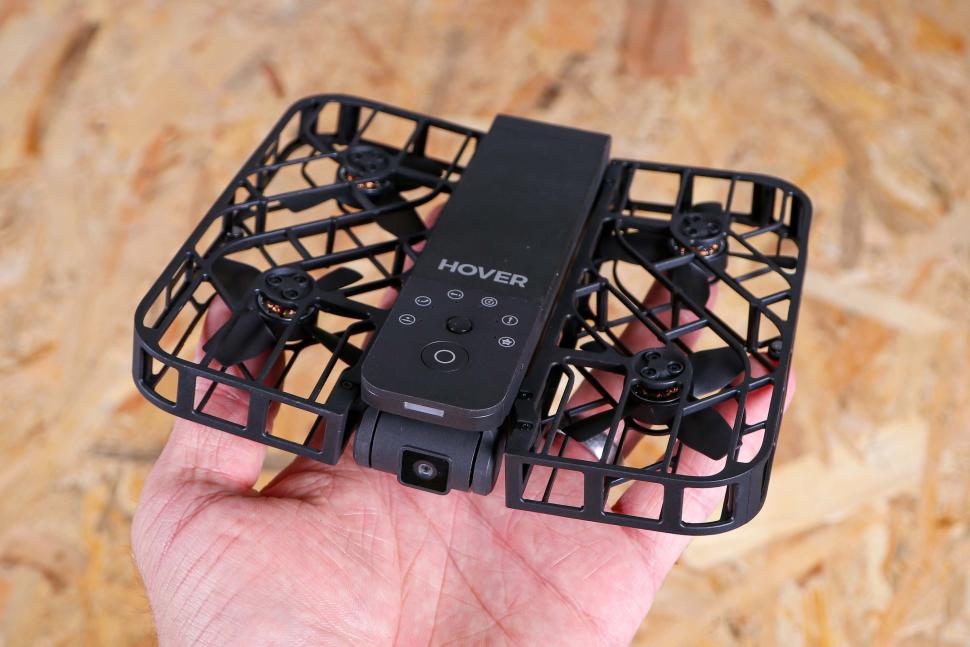
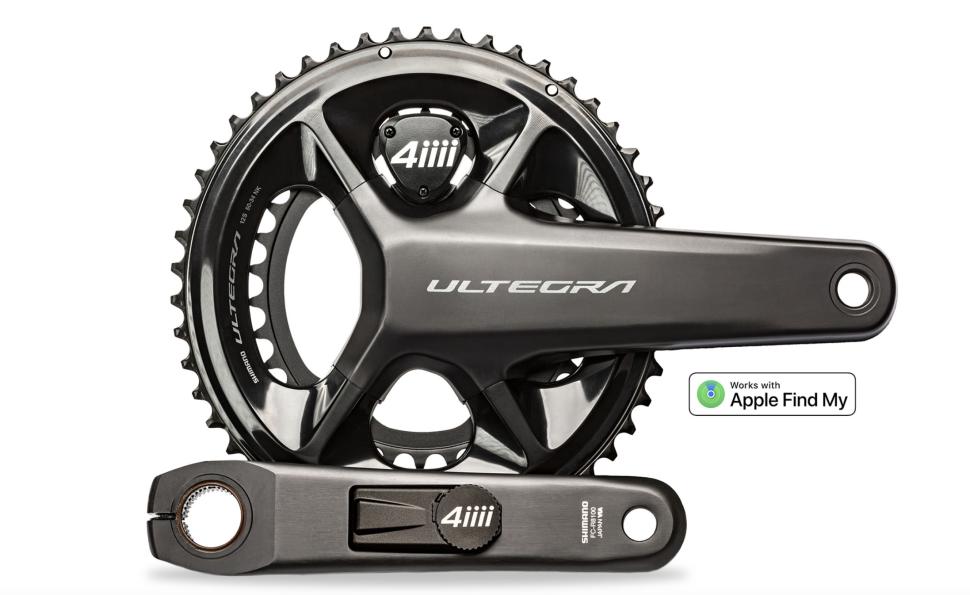
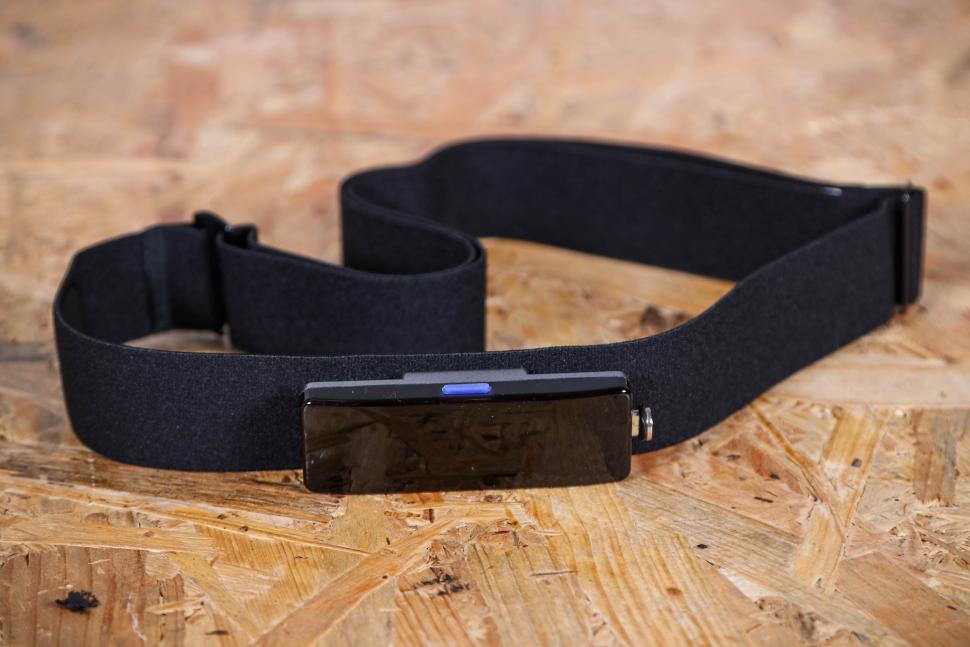
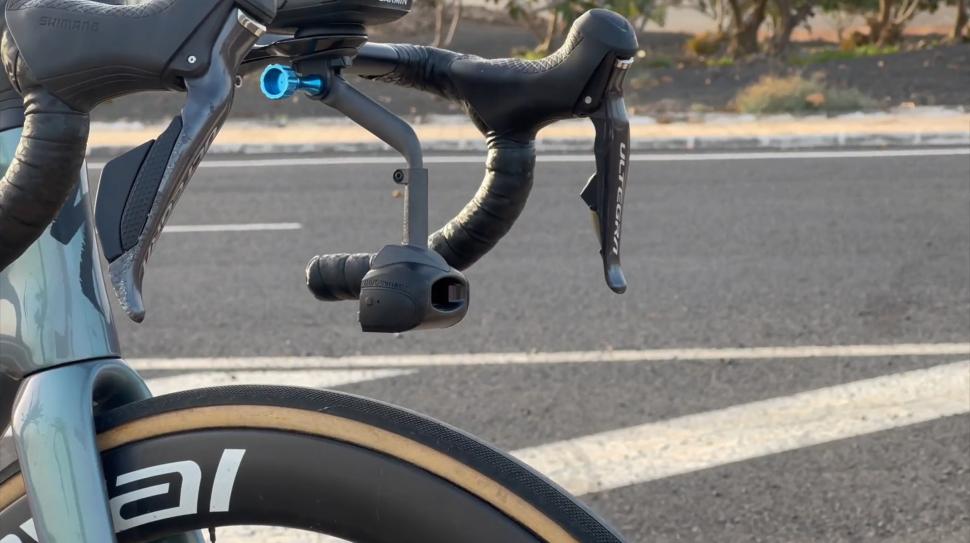

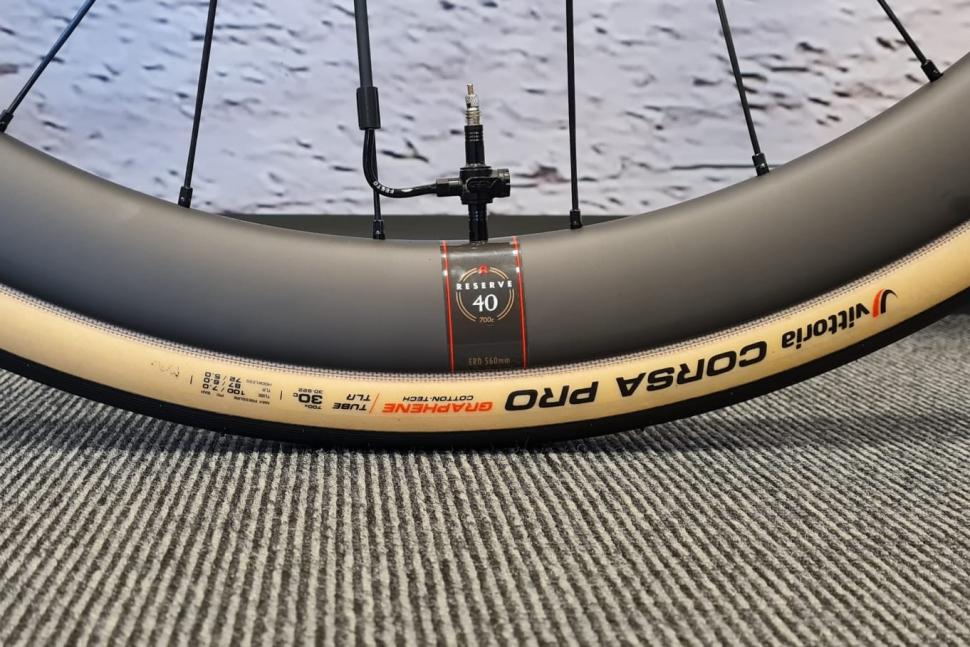
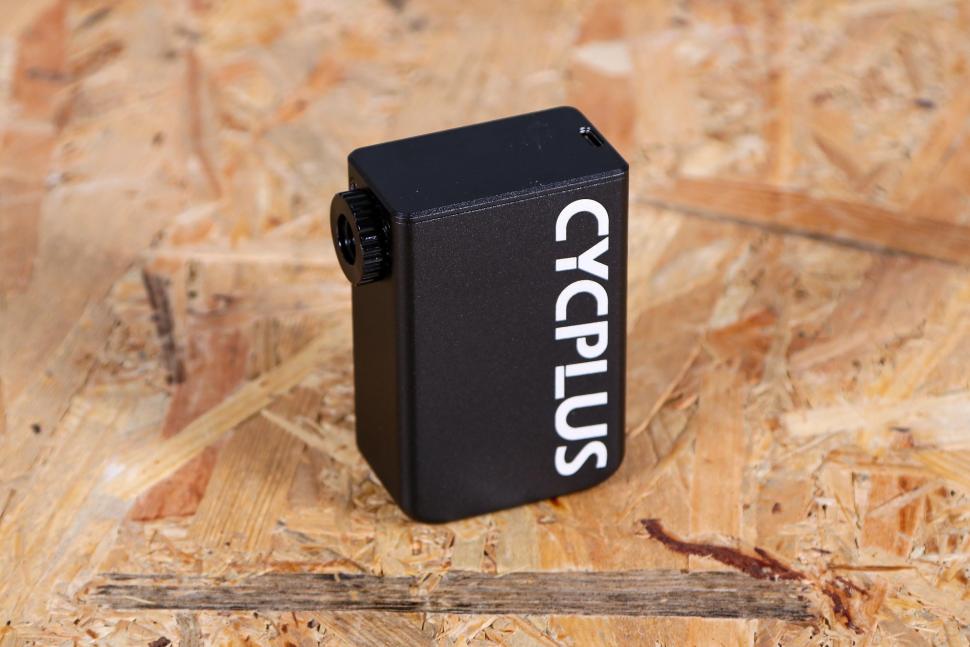
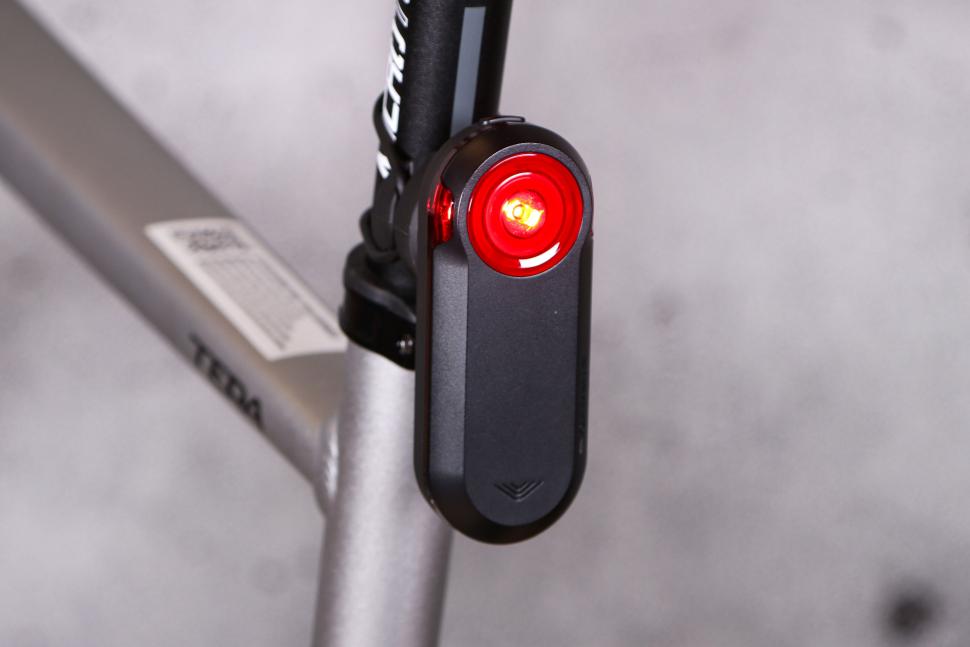

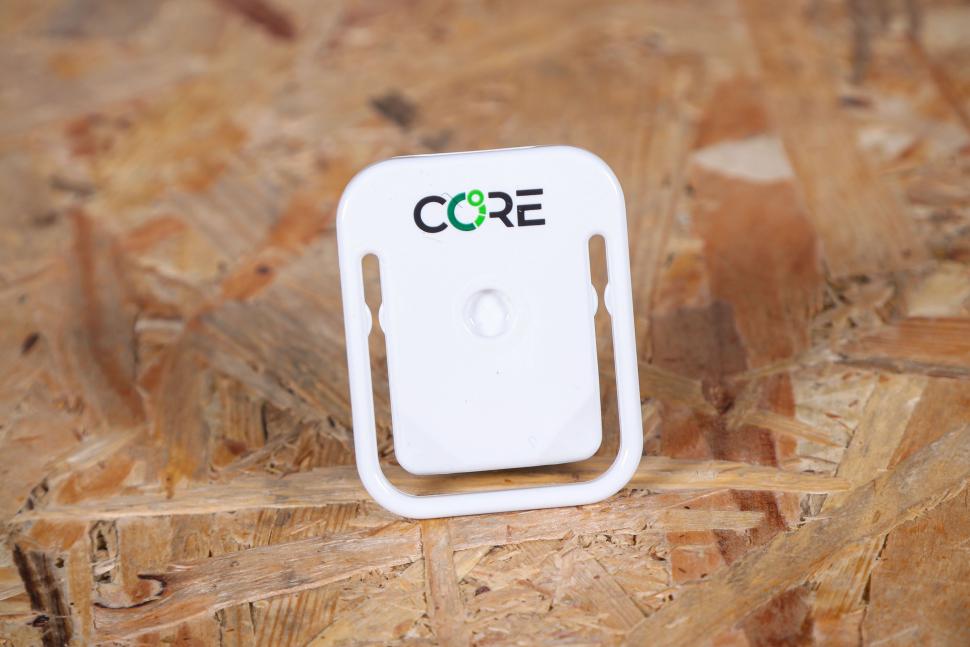
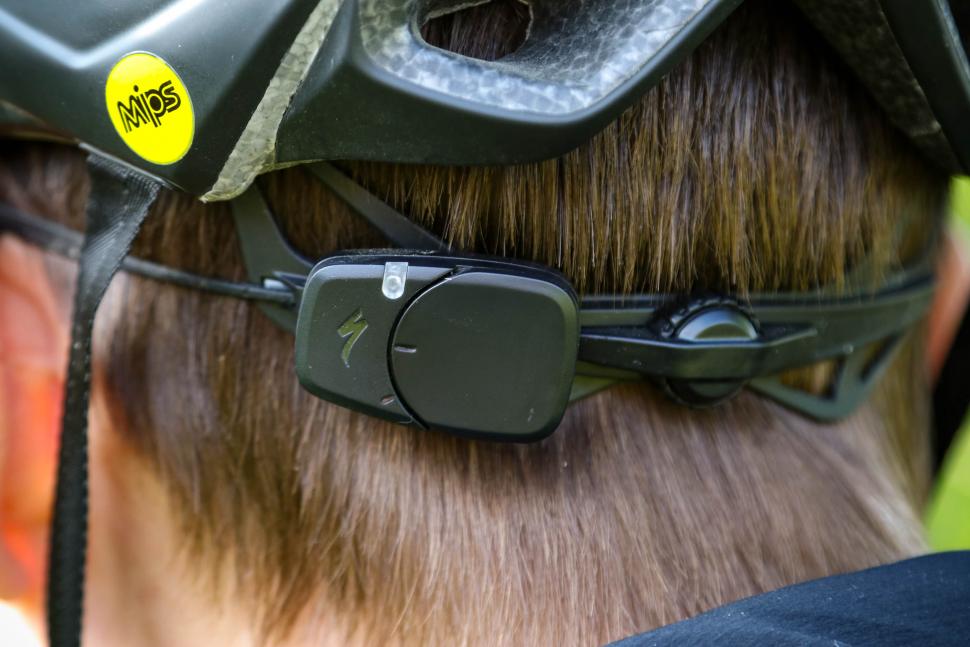
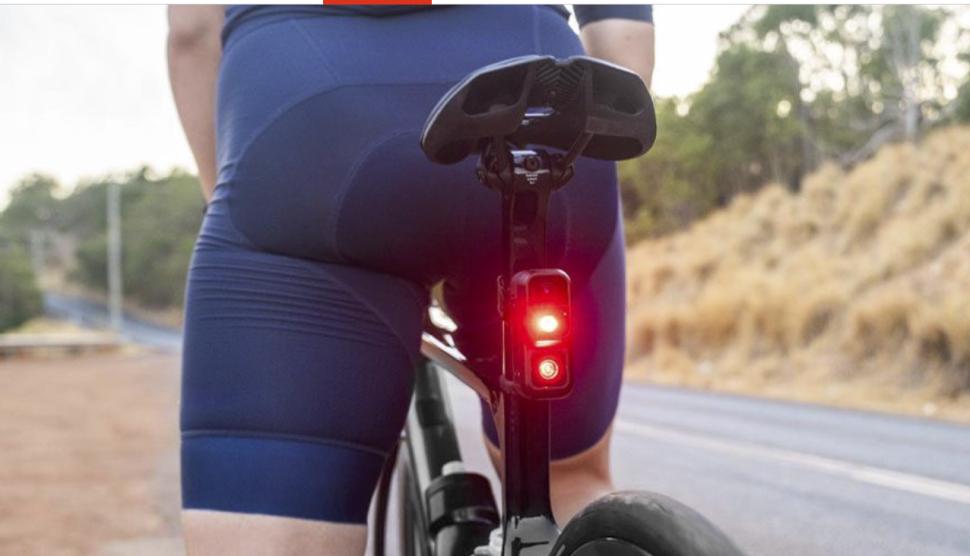

Add new comment
6 comments
Engo Eyewear heads up glasses "offer real-time information in your field of vision, such as ... how far it is to the next cafe."
Just the thing if you (a) need to go so fast that you daren't take your eyes off the road even for a second and (b) like to just drift around stopping at cafés on the way.
So a fairly small niche market, I'd have thought.
I think the Flowbio is pushing into silly for anyone except the top level athletes, does it ping up on your phone "You are a bit thirsty"
I don't think it's for telling you if you're thirsty, as far as I can see it's for telling you what's in your sweat, for example how much electrolytes you're losing, such as sodium, in mg/hour. This would inform how much you need to ingest to replace it. Anyone who has had cramp or sickness on a hot sunny day during a long ride will know how important electrolytes are.
The bit I see unnecessary is owning and using the device full-time. Everyone is different when it comes to sweat rates, but it's mostly genetic and doesn't really change. You can get a one-off sweat test for less than £100 and then use the results of that to inform your sodium & magnesium requirements.
lots of niche sensors coming out to make people feel the need to spend a lot of money on knowing their body or deferring decision making to a machine. I'm not against tech, just the marketing of it as the answer to everything.
Not sure the Cycliq Fly 6 is particularly exciting at the moment. Not because this model had a problem in the rain. But more because Cycliq has recently brought out a much better rear camera model called Fly6Pro, which has far better waterproofing, a better battery and better imaging.
Apologies, we've updated that entry to make it clear we're referring to the Pro model and that batteries in rear light + camera combos are generally improving.